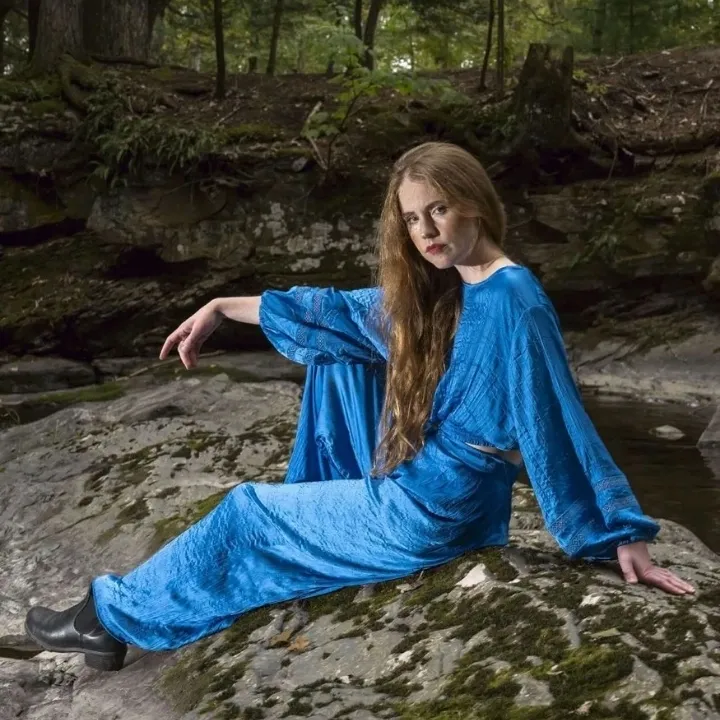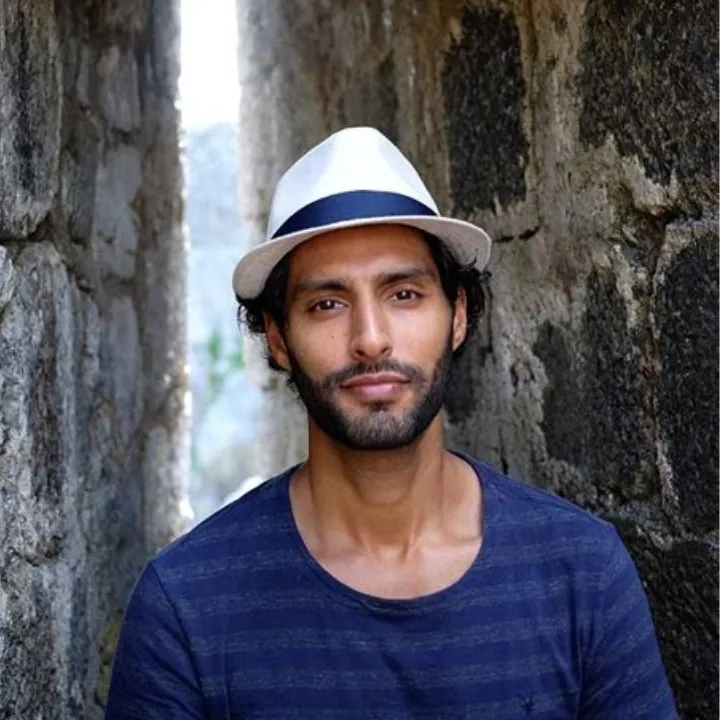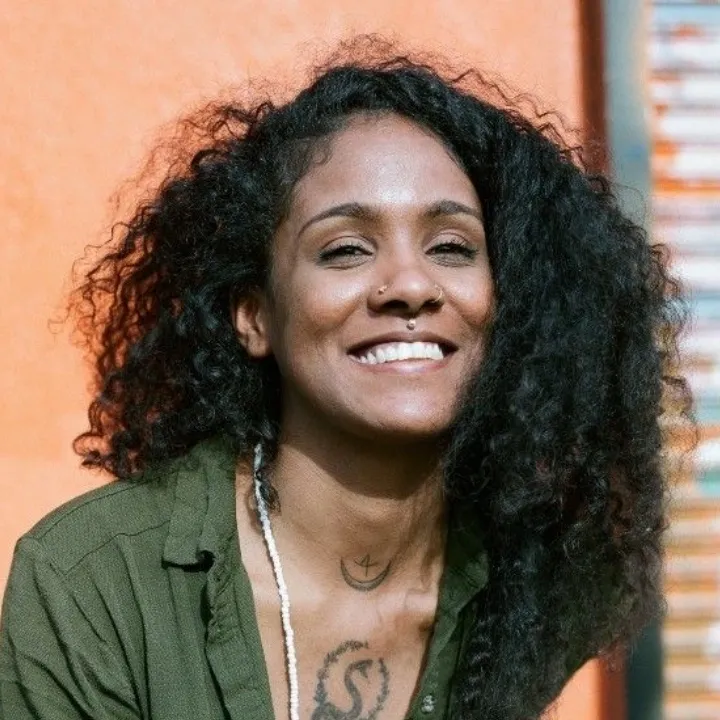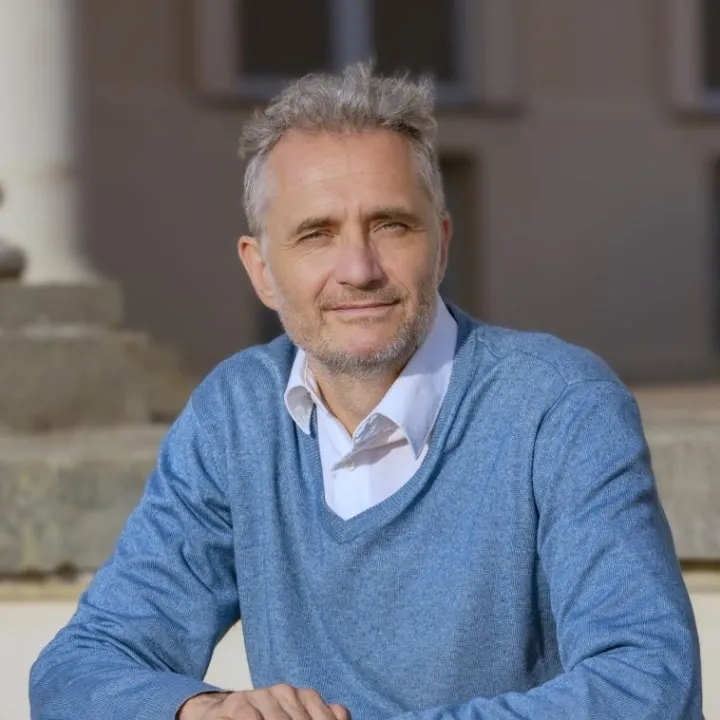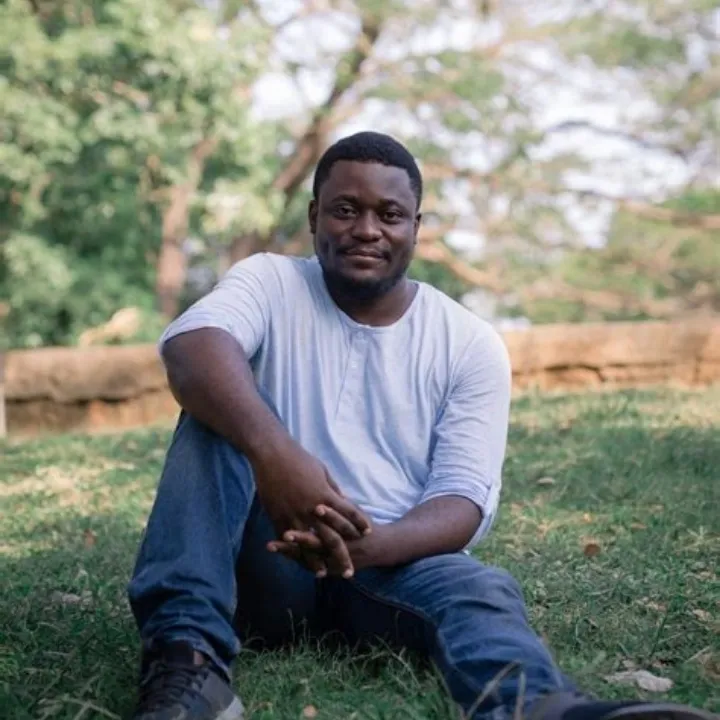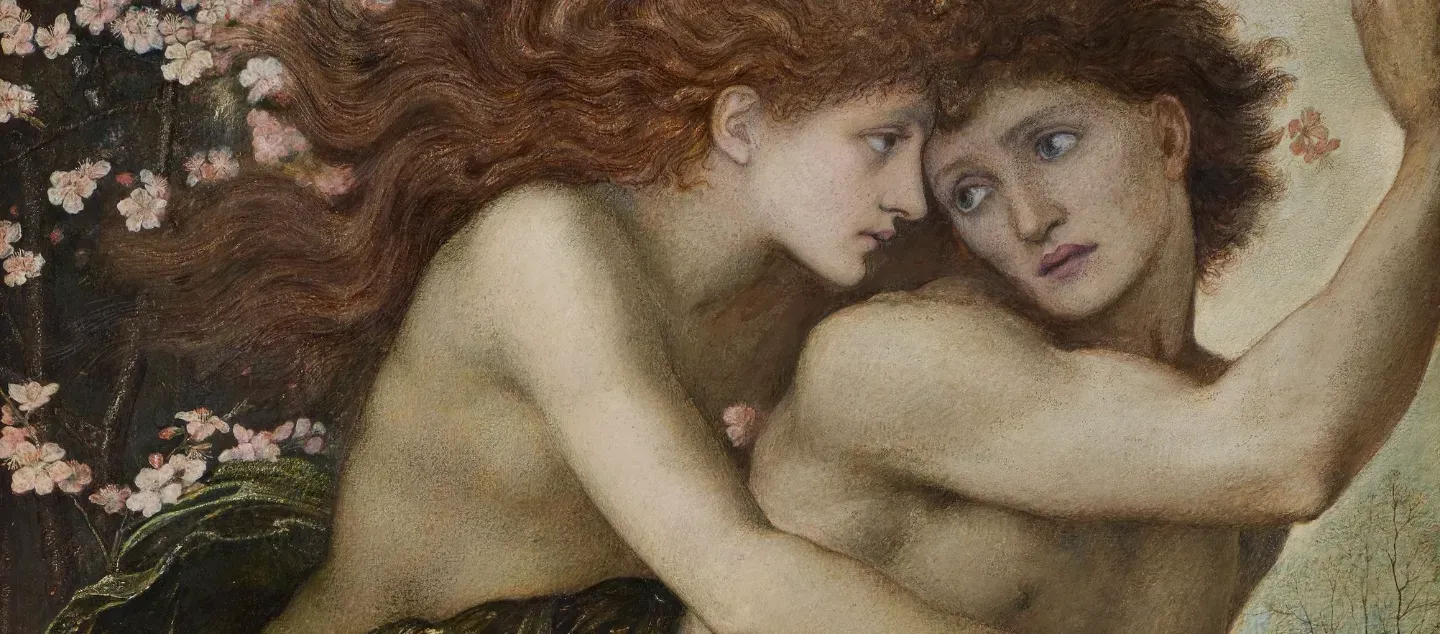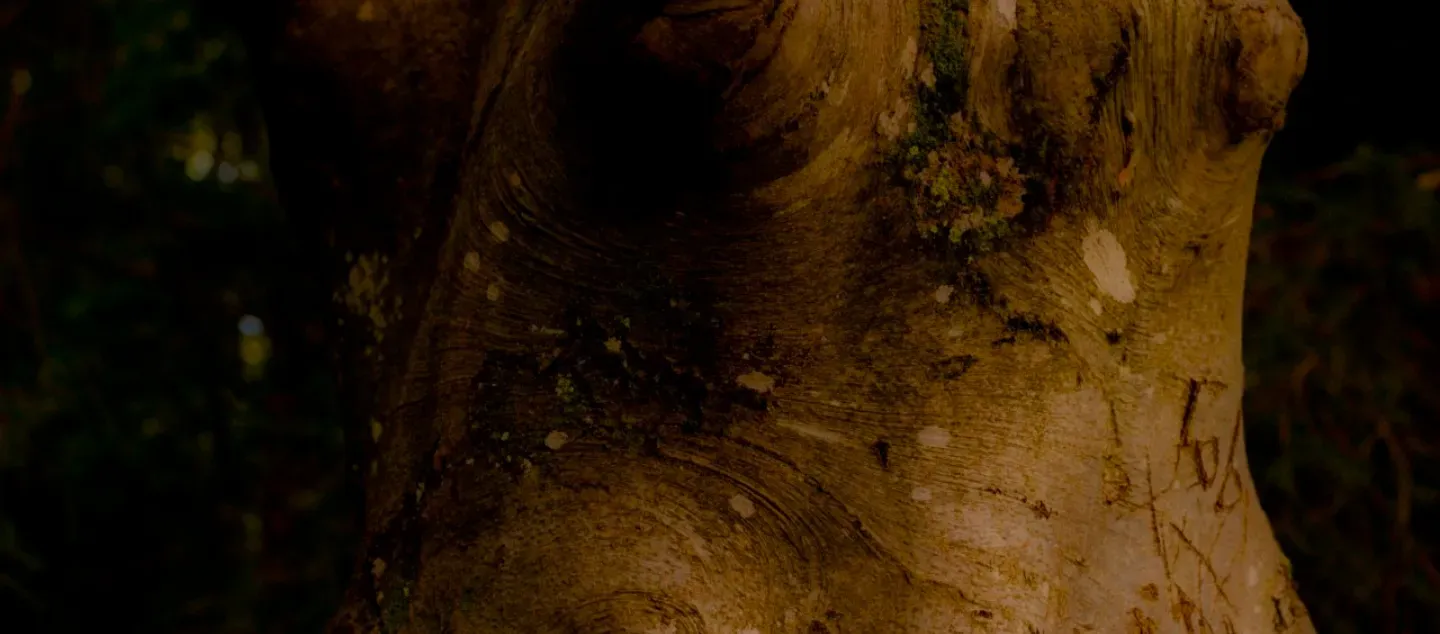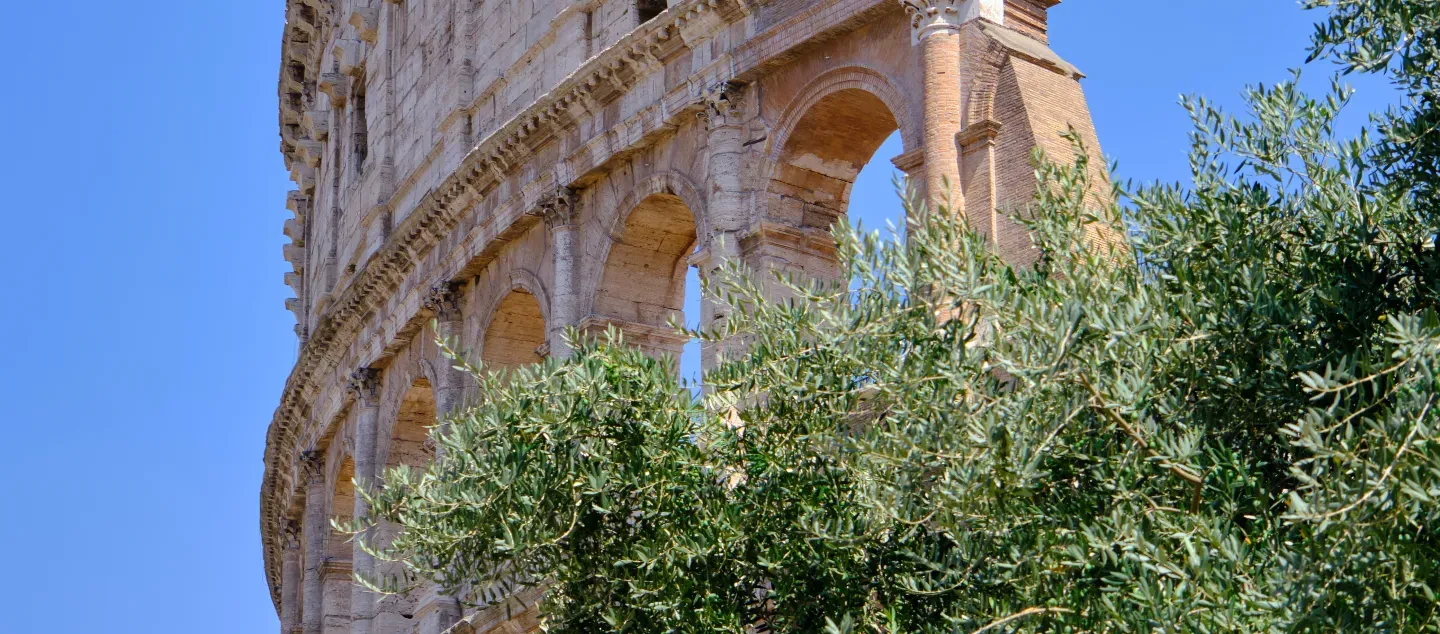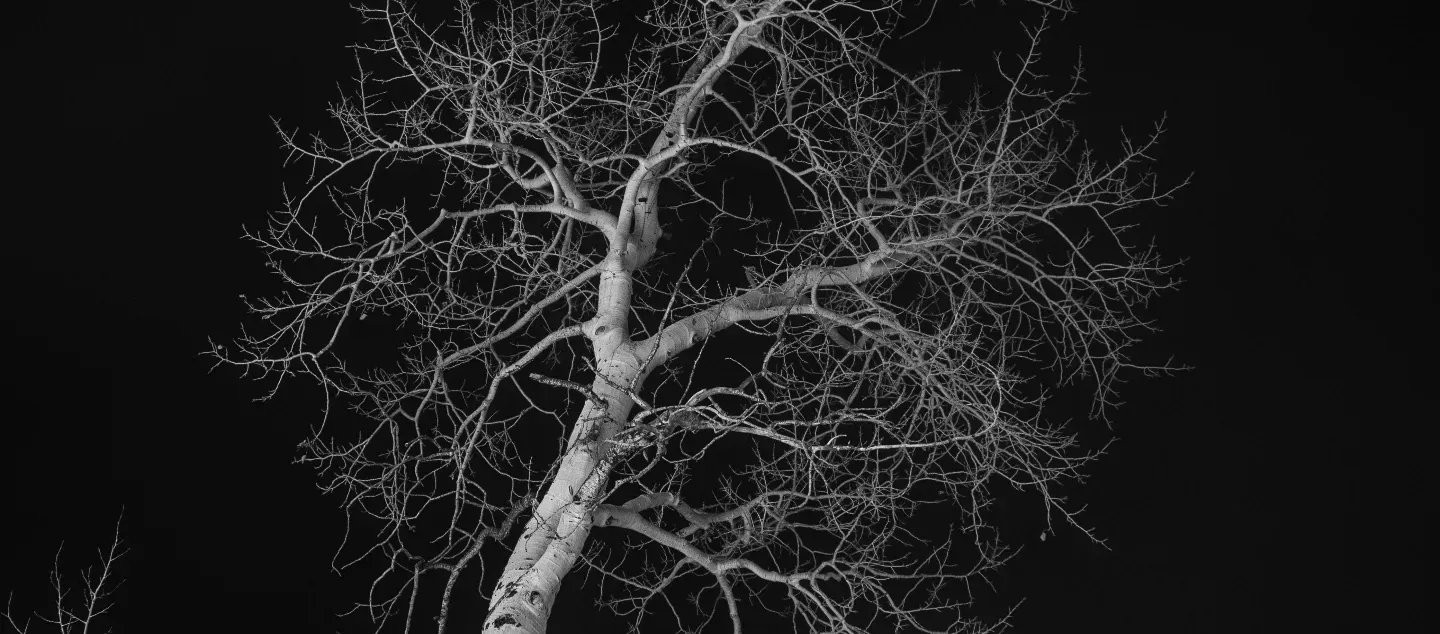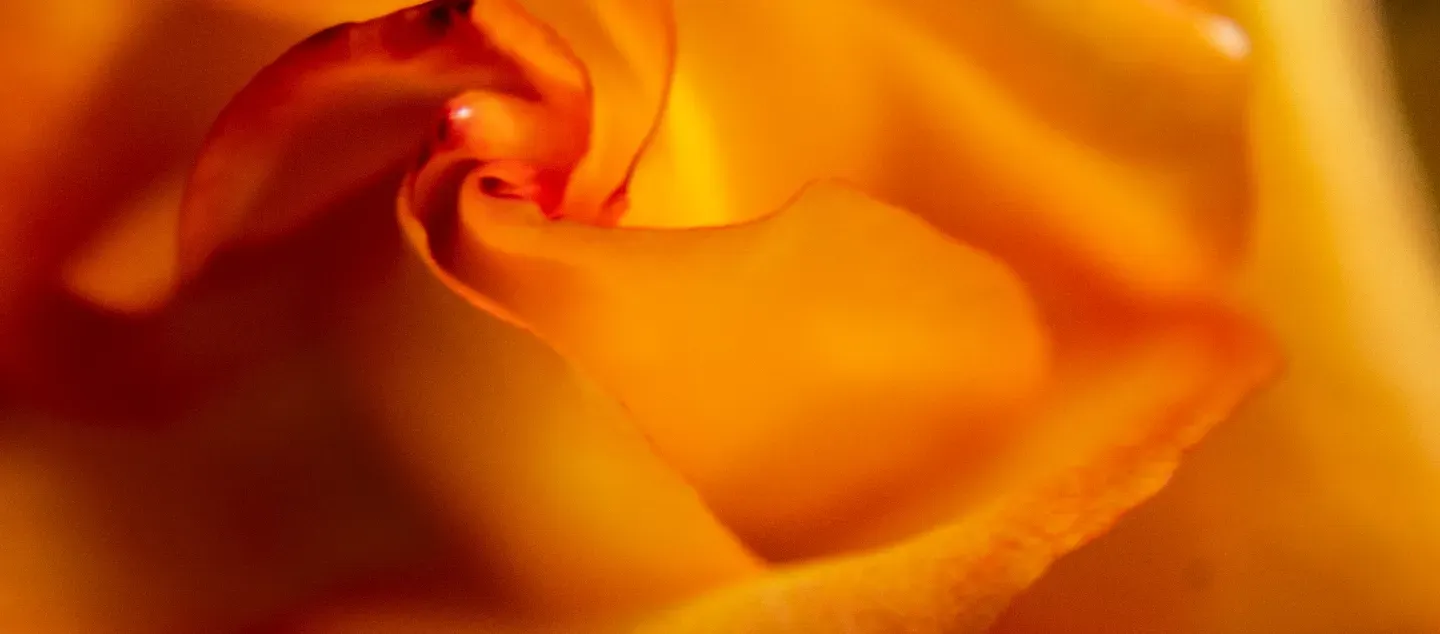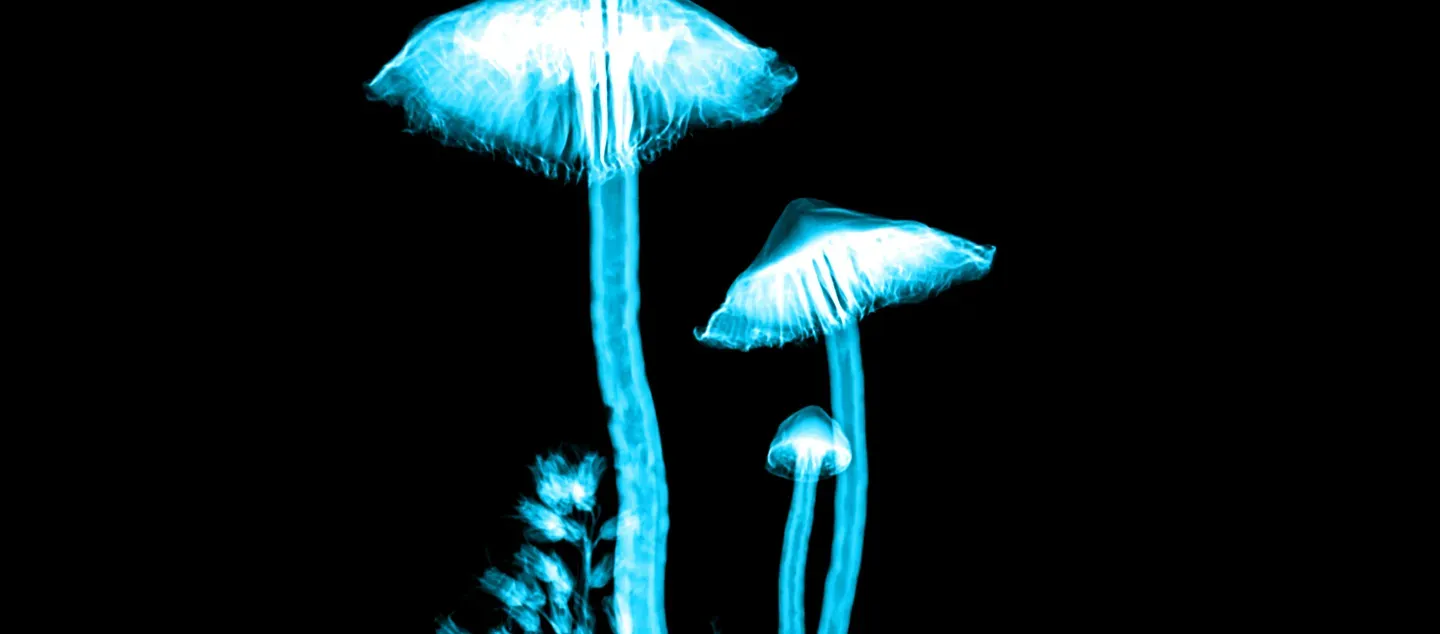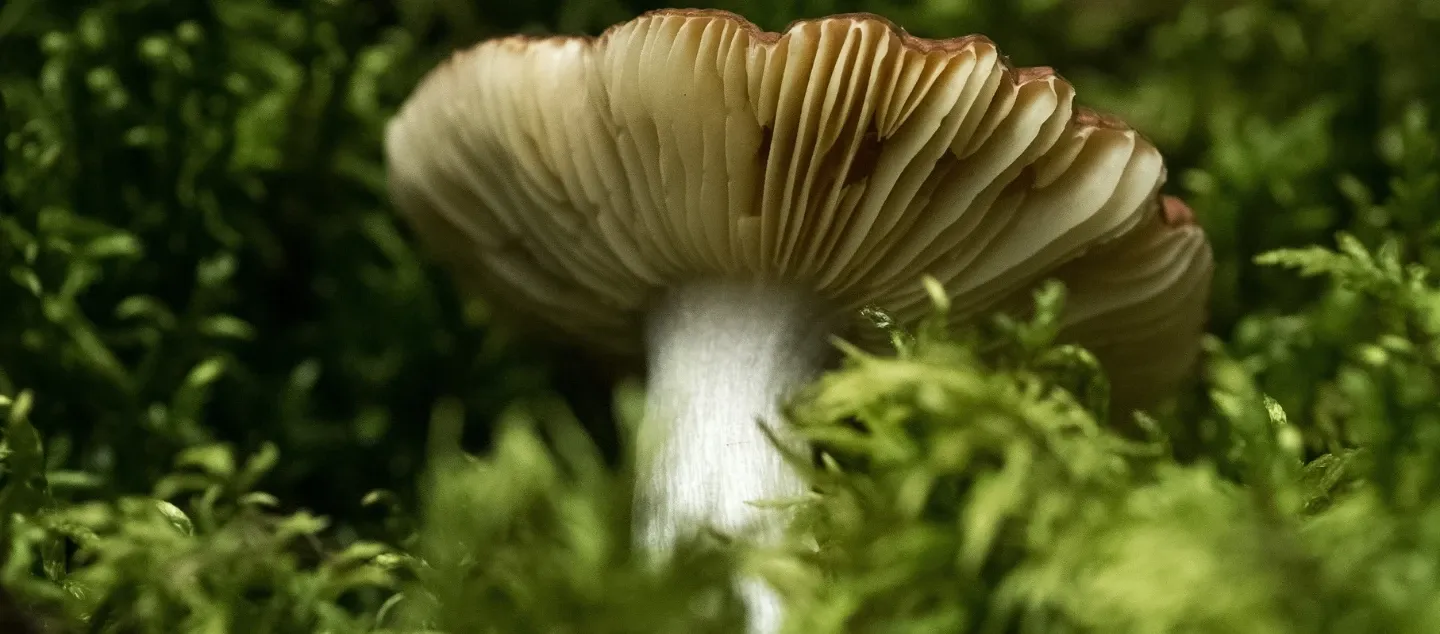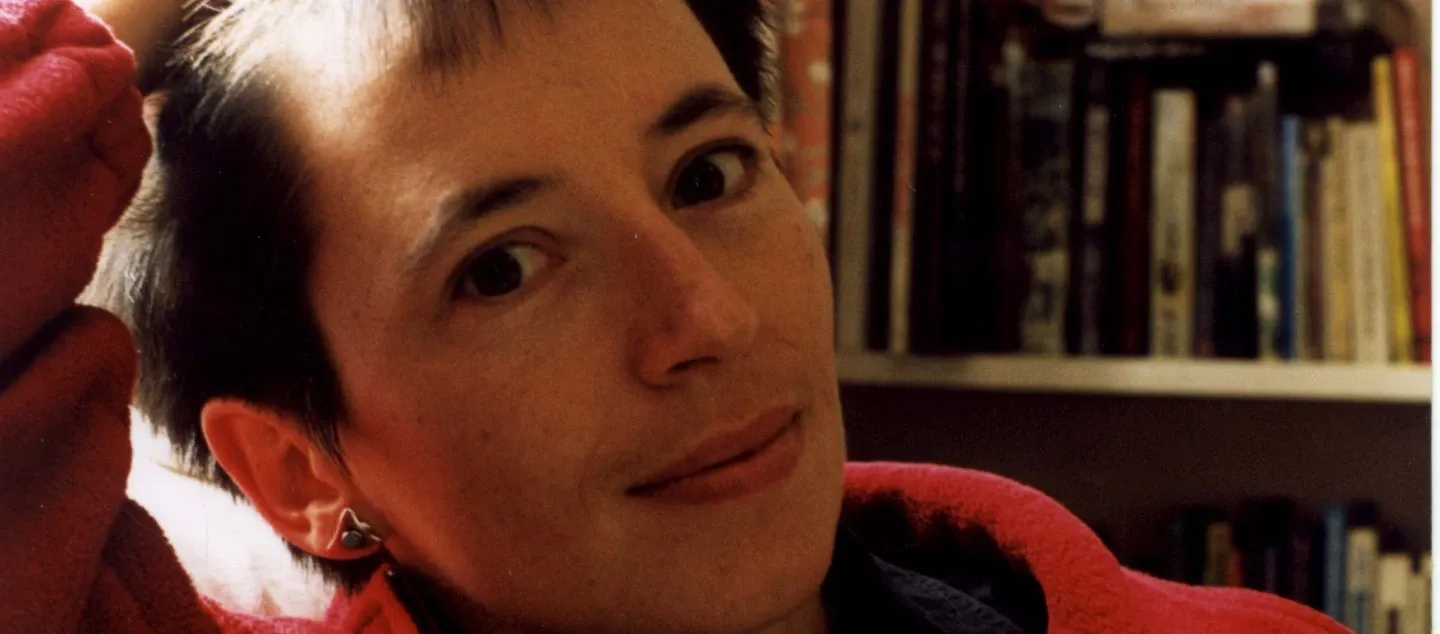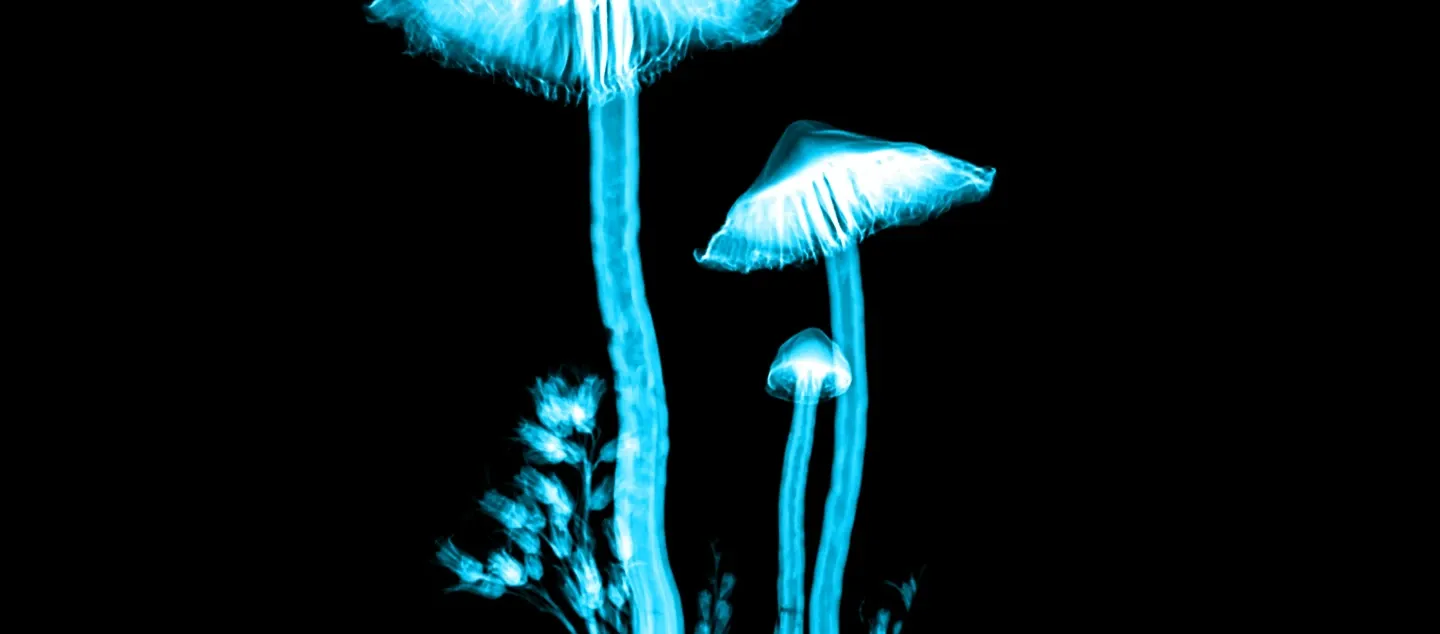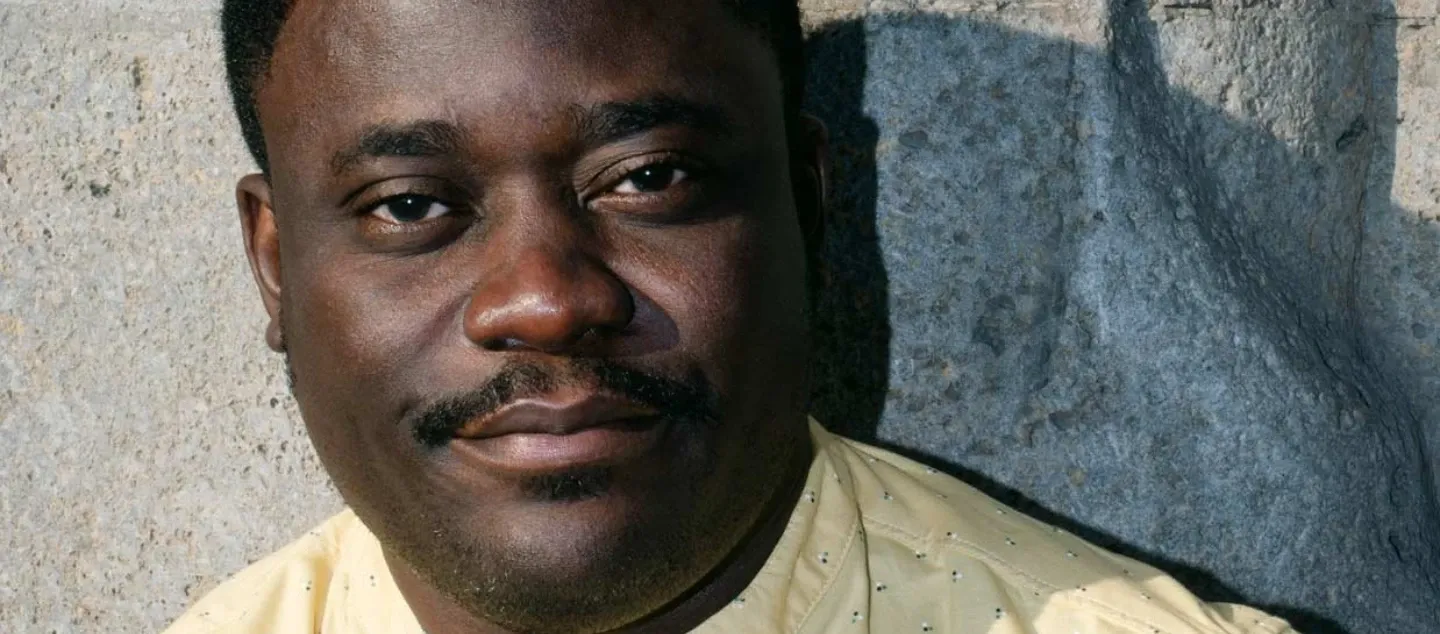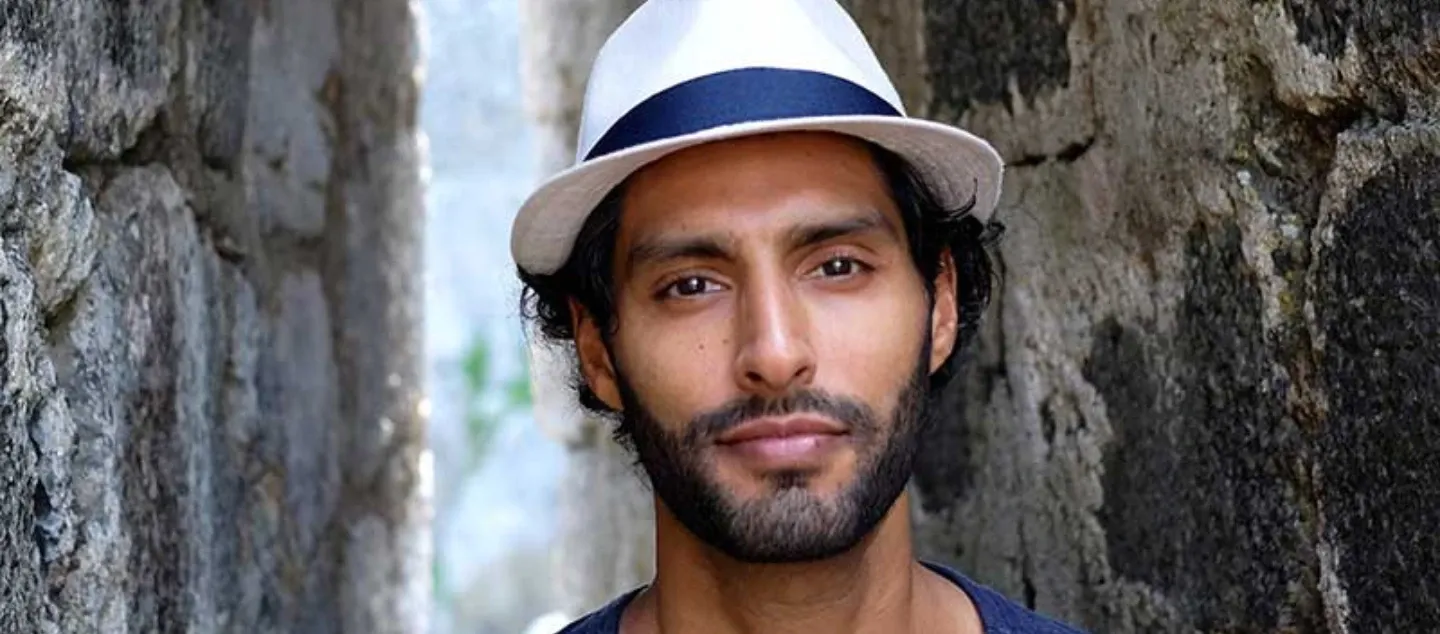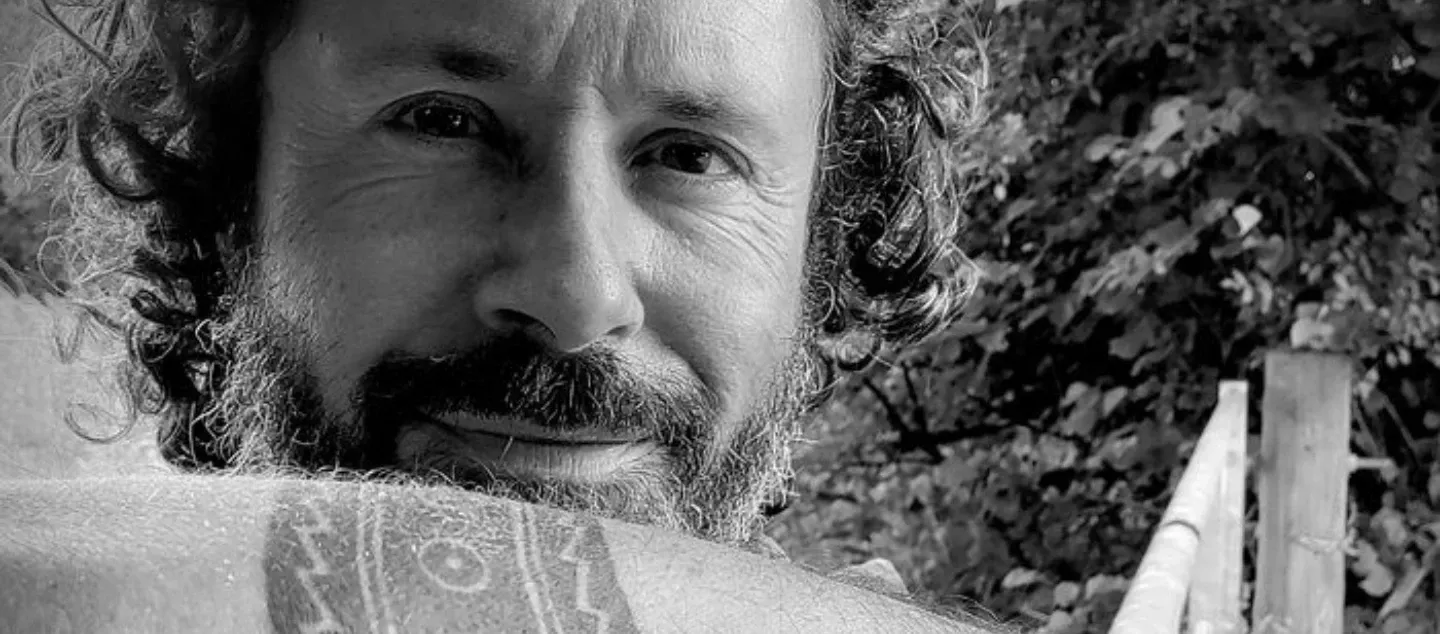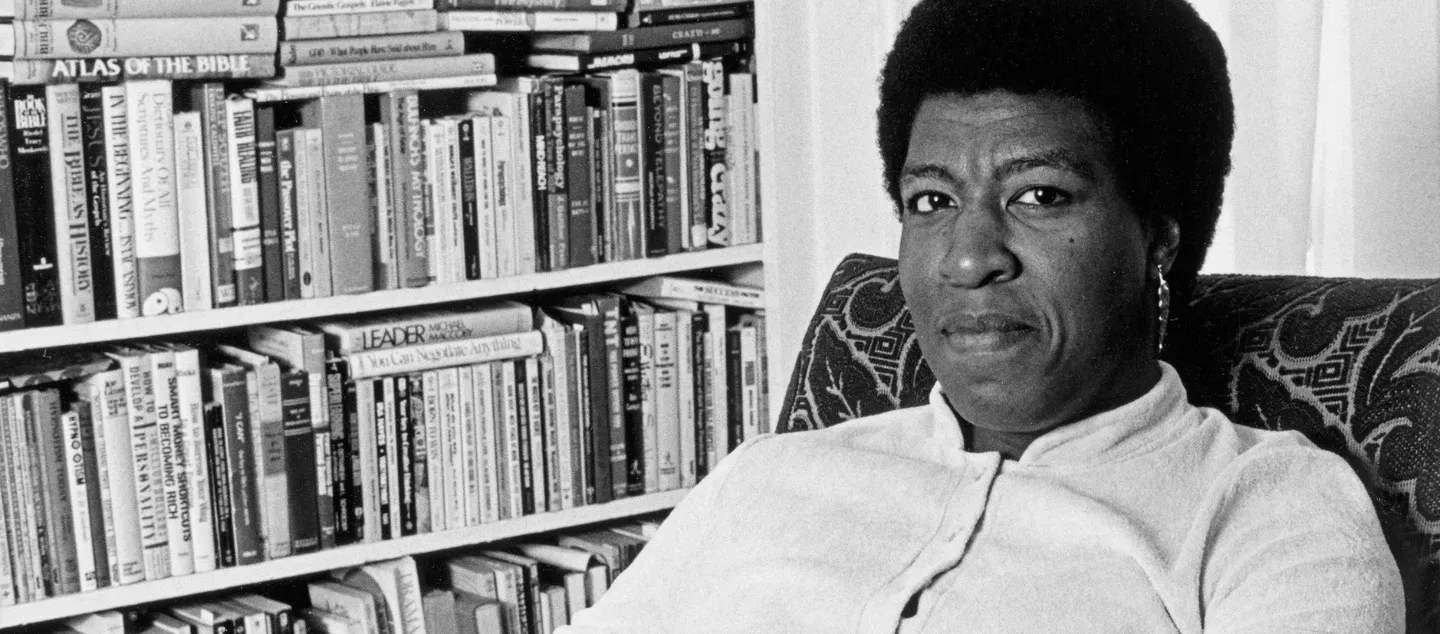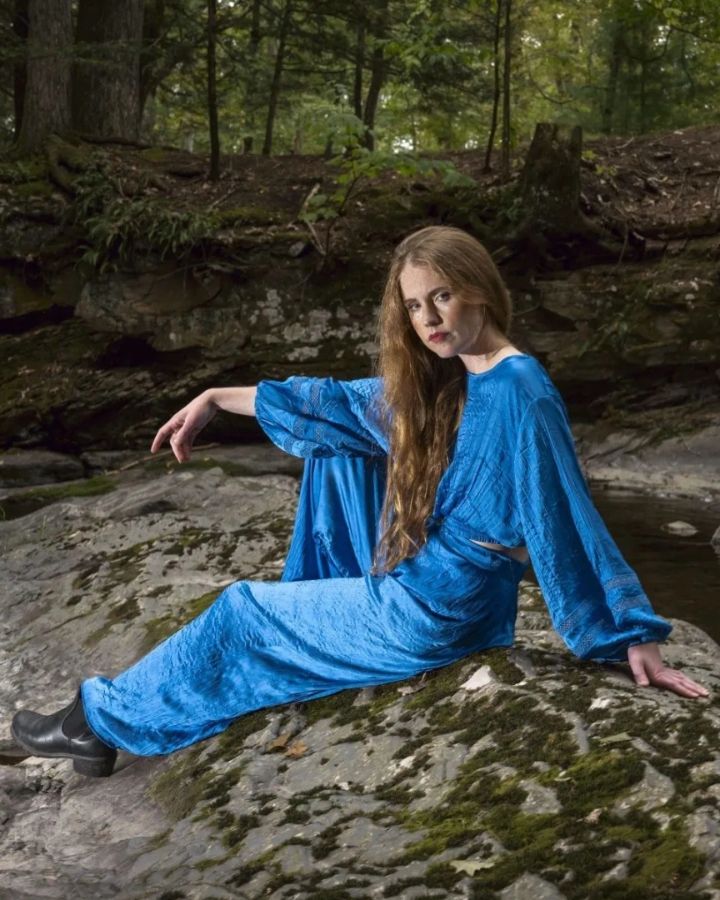
Rewilding MythologyReroot, rewild, retell
Reawaken ancient myths and their transformative power to reconnect humanity with nature, culture, and collective wisdom for modern times.
taught by Sophie Strand
with David Abram & Alnoor Ladha From where does a story sprout? What specific land and soil did it grow from? What ecology is it seeking to tend to, respond to, root into? How do my stories “tell” me into greater intimacy with the kin outside my door? We can reclaim the ecological nature of myths coopted ...
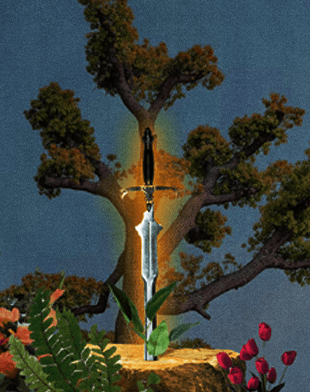
Chapter 1
Chapter 1: Cultures of Orality and Cultures of Literacy

Chapter 2
Chapter 2: Writing is Magic

Chapter 3
Chapter 3: The Breath and the Phonetic Alphabet

Chapter 4
Chapter 4: Mnemonic Land

Chapter 5
Chapter 5: Q&A pt.1

Chapter 6
Chapter 6: Mysticism & Anarchism in a Capitalist Neoliberal Society

Chapter 7
Chapter 7: A Liberation Ontology

Chapter 8
Chapter 8: The Kali Yuga

Chapter 9
Chapter 9: Q&A pt.2
with Josh Schrei & Tom Hirons Ecosystems are constituted by constant cycles of decay and regrowth. We can replant myth in ecology by understanding that storytelling, too, remains healthy when it goes through cycles, decaying, regrowing, and adapting to suit shifting climatological and social pressures. We...

Chapter 1
Chapter 1: Wild God

Chapter 2
Chapter 2: Resonance Meditation

Chapter 3
Chapter 3: Resonance, Living Vibrational Force. Orpheus and Zeus

Chapter 4
Chapter 4: Pan, Nymphs and Taliesin

Chapter 5
Chapter 5: The Allies

Chapter 6
Chapter 6: The Underworld, Inanna and Baba Yaga

Chapter 7
Chapter 7: The Muse and the Conjunctive State
This session explores Octavia E. Butler’s histourist method of “composting” the ruins of misogynoir, patriarchy, and ecocide. Through the archetype of Change, we examine how she saw decay as fertile ground for new life, interdependence, and non-linear, often chaotic transformation.

Chapter 1
Chapter 1: On Octavia E. Butler

Chapter 2
Chapter 2: The Octavia E. Butler Network Legacy

Chapter 3
Chapter 3: Octavia Butler & Living Stories: Questions for Deep Reflection

Chapter 4
Chapter 4: Q&A with Ayana Jameison
with Michael Bauer, Minna Salami Picture a classical hero. Chances are, you may have envisioned a knight or warrior slaying a dragon or a gorgon. The hero proves his valour by defeating the adversary. But who is the adversary? Is it really a monster? Or is it a culture that opposes hierarchy? What if there...

Chapter 1
Chapter 1: Immediate Return and Delayed Return Societies

Chapter 2
Chapter 2: Wildness as a Dialogue between the Living and the Environment

Chapter 3
Chapter 3: Lenses for Understanding Societies: the Myth of the Monster and Environmental Psychology

Chapter 4
Chapter 4: Q&A pt. 1

Chapter 5
Chapter 5: Blue in Yoruba Mythology and Culture, a Feminine Colour

Chapter 6
Chapter 6: Re-imagining Power with Feminist Values

Chapter 7
Chapter 7: Embracing a Multiplicity of Experiences

Chapter 8
Chapter 8: Q&A pt. 2
with David Zilber, Chiara Baldini & Guiliana Furci For too long patriarchy has been conflated with the masculine. But before the sword-wielding heroes of legend readily cut down forests, slaughtered the old deities, and vanquished their enemies, there were thousands of years of vegetal gods associated with...

Chapter 1
Chapter 1: David Zilber on Fermentation Pathways & Their Static Dynamism

Chapter 2
Chapter 2: The Flowering Code

Chapter 3
Chapter 3: Anthropological Studies of Fermentation

Chapter 4
Chapter 4: Civilisation & Fermentation are Inseparable

Chapter 5
Chapter 5: Chiara Baldini & The Collective Effervescence

Chapter 6
Chapter 6: Training in Liminality & Ritual Madness with Dionysus

Chapter 7
Chapter 7: Rituals that Gave Birth to Democracy

Chapter 8
Chapter 8: The Cult of Dionysus, Mass Suppression of Trance and Divine Ecstasy

Chapter 9
Chapter 9: Q&A with Chiara Baldini

Chapter 10
Chapter 10: Introducing Guiliana Furci - The Foundress of The Funghi Foundation

Chapter 11
Chapter 11: The Fungal Kin-dom

Chapter 12
Chapter 12: The Fungi Foundation & The Creation of Funga

Chapter 13
Chapter 13: There is no End in a Cycle & Deep Time Scale
with Sam Lee & Brontë Velez Human narratives have held centre stage for thousands of years. But there was a time when legendary bards knew it was their job to channel the stories of animals and plants and stones. We resurrect a long line of magician harpists that span all the way from Palestine to Greece t...

Chapter 1
Chapter 1: The Voice(s) Beneath your voice

Chapter 2
Chapter 2: Polyphonic Kinship: Music-Making at the Edge of Extinction

Chapter 3
Chapter 3: In the Company of Nightingales

Chapter 4
Chapter 4: Where the Walk Becomes an Invitation

Chapter 5
Chapter 5: Q&A with Sam Lee

Chapter 6
Chapter 6: Introducing Brontë Velez: Choirs of Flight

Chapter 7
Chapter 7: Black Alchemy: Tending the Root Wound & Entering the Crucible

Chapter 8
Chapter 8: Alchemical Fire: Sabbath, Restoration & Ritual

Chapter 9
Chapter 9: Q&A with Brontë Velez
with Andreas Weber & Patricia Kaishian Using a lens of Queer Ecology, we can follow a line of love goddesses back to our symbiotic multicellular origins. Aphrodite, born of foam, reminds us of our oceanic ancestors. Inanna teaches us how to tie our roots together in the underworld, recalling the symbiotic ...

Chapter 1
Chapter 1: Living Beings and Queering Identities with Andreas Weber

Chapter 2
Chapter 2: Erotic Ecologies with Andreas Weber

Chapter 3
Chapter 3: A Meshwork of Selfless Cells with Andreas Weber

Chapter 4
Chapter 4: Nourishing Life with Andreas Weber

Chapter 5
Chapter 5: Purple, Thunder, Mushrooms, Desire with Patricia Kaishian

Chapter 6
Chapter 6: A Queer Reimagination of Scientific Practice with Patricia Kaishian
with Toko-Pa Turner and Jessica Dore Our bodies are composed of more bacterial cells than human cells. There are miles of mycelial fungi in a teaspoon of dirt. Resilient ecosystems are resilient in that they are home to many different species. While monomyths like the hero’s journey have long been popular,...

Chapter 1
Chapter 1: The Archetype of the Masculine Hero with Toko-pa Turner

Chapter 2
Chapter 2: The Personification of Sophia

Chapter 3
Chapter 3: Learning to Participate with Sophia

Chapter 4
Chapter 4: Q&A with Toko-pa Turner

Chapter 5
Chapter 5: Reenactment, Myth and Ritual with Jessica Dore

Chapter 6
Chapter 6: The Horses' Accompaniment

Chapter 7
Chapter 7: Teachings of the Horse
with Manchán Magan & Bayo Akomolafe Uprooted from the Galilean ecology from which he drew his nature metaphors and translated into the language of his oppressors, the teachings of Jesus have easily lapsed into dogma. How does a storytelling magician get coopted by imperialism and patriarchy? Let us replant...

Chapter 1
Chapter 1: The Knowledge Conserved in Gaeilge

Chapter 2
Chapter 2: The Crann in Our Midst and Across Borders

Chapter 3
Chapter 3: Dinnshenchas: The Land as Mnemonic Device

Chapter 4
Chapter 4: Listen to the Land Speak and Q&A with Manchán Magan

Chapter 5
Chapter 5: Q&A with Manchán Magan II

Chapter 6
Chapter 6: How Christianity Traveled with Bayo Akomolafe

Chapter 7
Chapter 7: The Trickster and Misidentification

Chapter 8
Chapter 8: To Look Inside the Cracks

Chapter 9
Chapter 9: May You Not Be Seen
Myths are alive and resilient. They have held practical information about survival and sustenance, nested within compelling narratives that prized the epic stories of multi-species communities over the monologues of human individuals. Surviving through most of human history, they were refreshed and adapted to new conditions each time they were retold. Most importantly, they were contextual. Just as mycorrhizal fungi map the relationships in a forest, so do myths map the specific relationships of a community rooted in place.
The rise of empire brought with it a violent uprooting of myths from their context, and from the renewing respiration of communal storytelling. These stories ossified into abstraction and reinforced the anthropocentric hyper-individuality and colonial capitalism of today.
It is time to reroot, revitalise, relate, rewild. Rejecting the antiseptic impulse of the dominant culture’s bent on exterminating alternative epistemologies, let us compost our favourite myths, folklore, and narratives with ecology, science, somatics, and poetry.
Let us glimpse into the inner worlds of lichen, fungi, rainforests, and songbirds.
About the course
How can we reroot these myths in their original environments to recover the ecological wisdom they were built to transmit? How can we understand that science and mythtelling stem from a similar impulse to cultivate understanding and intimacy with the natural world?
Rejecting the antiseptic impulse of the dominant culture’s bent on exterminating alternative epistemologies, let us compost our favorite myths, folklore, and narratives with ecology, science, somatics, and poetry. Hijacking the tools of material reductionism for our feral creations, we can glimpse into the inner worlds of lichen, fungi, rainforests, and songbirds, understanding that the most important stories right now are always more-than-human.
Finally, let us retell cultural myths and personal stories knowing that, like an ark, they may carry our most precious relationships and seeds of practical wisdom, through the floodwaters and tectonic shifts of tomorrow.
- 8 Modules
- 34 Sessions
- 19 Speakers
- Curated readings, resources and embodied practices
- Community discussion area
- Reroot popular mythologies in their original social and ecological context using a historical, scientific, and anthropological lens;
- Revitalise oral storytelling as a relation mode of knowledge transmission;
- Pour anthropocentric narratives into more-than-human morphologies;
- Decenter human heroes by peering into the sensory worlds of insects, microbes, and fungi;
- Map the webs of relationship that constitute our own backyard mythic ecosystems;
- Think alongside fungi as way of understanding intelligence as a process shared by a community, rather than as an object possessed by an individual;
- Compost progress-oriented paradigms with forest ecology and the wisdom of rot;
- Offer our creative and intellectual tools to other species;
- Step into the spaces left behind by extinction with;
- Use Queer Ecology as a lens to rewild heteronormative value systems.
